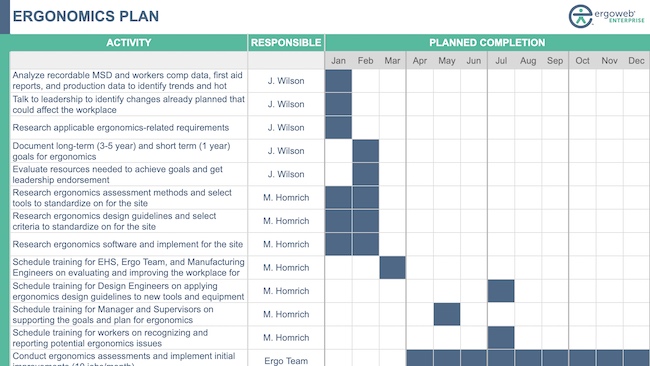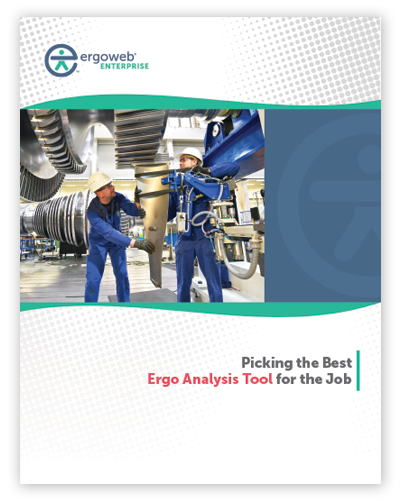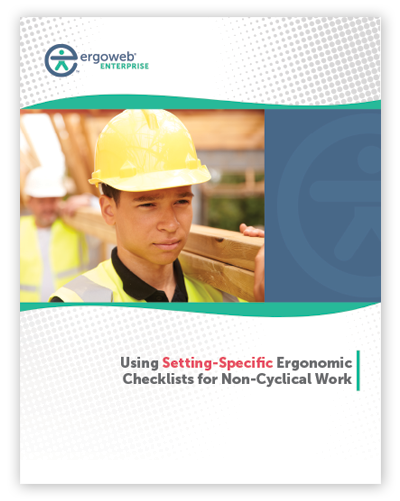August 14, 2012
Peter Budnick reviews an important research article written by well-known ergonomics researcher William Marras. In this seminal paper, Marras summarizes the state of our understanding of the factors that contribute to low back pain and disorders, charts a course for future research, and recommends that ergonomics practitioners, among other things, take a broader systems approach that goes beyond traditional physical loading risk analysis to include mental and wellness components. According to Marras, "... one needs to consider the social, occupational, spiritual, physical, intellectual, emotional, financial, mental, and medical aspects of the environment if one is to truly minimize the risk of low-back problems."






